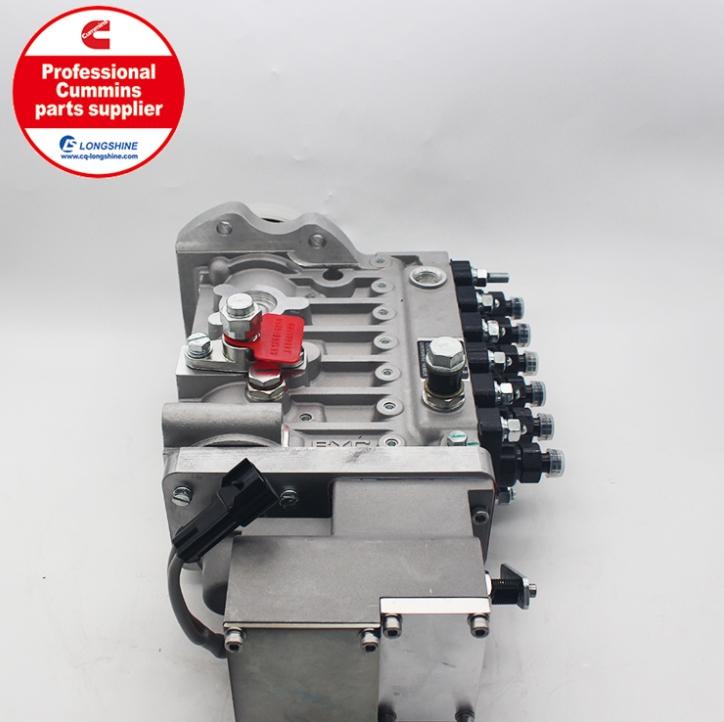How Often Should You Service Your Cummins High-Pressure Fuel Pump?

Your Cummins engine’s high-pressure fuel pump (HPFP) is a critical component that ensures optimal fuel delivery, performance, and efficiency. Regular maintenance is key to preventing costly repairs and unexpected breakdowns. But how often should you service your Cummins HPFP? Let’s break it down.
Recommended Service Intervals for Cummins HPFP
Most Cummins engines require high-pressure fuel pump servicing every 50,000 to 100,000 miles, depending on usage and operating conditions. However, certain factors may necessitate more frequent maintenance:
1. Severe Operating Conditions
If your engine operates in extreme conditions—such as frequent towing, heavy loads, dusty environments, or prolonged idling—you may need to service the HPFP every 30,000 to 50,000 miles.
2. Fuel Quality
Poor-quality or contaminated diesel can accelerate wear on the fuel pump. If you frequently refuel from questionable sources, consider more frequent inspections (every 40,000 miles).
3. Signs of Wear or Failure
Don’t wait for scheduled maintenance if you notice:
Hard starting or rough idling
Loss of power or poor acceleration
Increased fuel consumption
Unusual noises from the fuel pump
Fuel leaks
If any of these symptoms appear, inspect and service the HPFP immediately.
What Does HPFP Servicing Include?
A proper Cummins HPFP service typically involves:
Inspecting for leaks or damage
Replacing worn seals and gaskets
Checking fuel pressure and flow rates
Cleaning or replacing filters
Flushing the fuel system (if contamination is suspected)
Preventive Maintenance Tips
To extend the life of your Cummins high-pressure fuel pump:
✔ Use high-quality diesel fuel
✔ Replace fuel filters on schedule
✔ Avoid running the tank too low (to prevent sediment ingestion)
✔ Monitor engine performance regularly
Final Thoughts
While a general guideline is 50,000 to 100,000 miles, always consider your engine’s specific demands. If in doubt, consult your Cummins service manual or a certified technician. Proactive maintenance saves money and keeps your engine running smoothly for years to come.
- Art
- Causes
- Crafts
- Dance
- Drinks
- Film
- Fitness
- Food
- Games
- Gardening
- Health
- Home
- Literature
- Music
- Networking
- Other
- Party
- Religion
- Shopping
- Sports
- Theater
- Wellness


